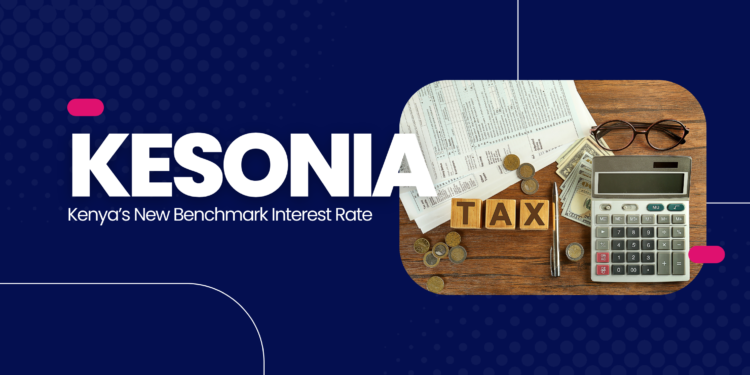The CBK has embarked on a strategic initiative to modernize Kenya’s benchmark interest rate framework. This reform is driven by the need to enhance transparency, reliability, and market confidence in domestic financial markets and strengthen monetary policy transmission, while aligning with international best practices and standards.
The overnight interbank rate has been identified as the ideal foundation for developing Kenya’s benchmark Rate officially named Kenya Shilling Overnight Interbank Average (KESONIA). It is a transaction based benchmark rate reflecting the average interest rate at which banks in Kenya lend and borrow unsecured overnight funds in Kenyan Shillings. Unlike older reference rates that were often survey based or subject to discretion, KESONIA is entirely based on actual transactions, ensuring that it accurately represents real market activity and conditions. This makes it both reliable and resistant to manipulation, thereby enhancing trust among market participants.
The Central Bank of Kenya (CBK) serves as the official administrator of KESONIA. In this capacity, CBK is responsible for collecting interbank transaction data, calculating the benchmark, and publishing the rate daily on every business day. The Bank also oversees the governance framework that ensures the rate’s integrity, accuracy, and compliance with international standards such as the IOSCO Principles for Financial Benchmarks. Through this governance model, CBK aims to establish a robust, credible reference rate that can serve as a cornerstone for a wide range of financial products, from loans and bonds to derivatives and investment instruments.
To support Kenya’s transition, CBK began publishing KESONIA and the KESONIA Compounded Index on September 1, 2025. The compounded index is particularly significant as it provides a cumulative measure of KESONIA over time, enabling its use in longer term financial instruments such as bonds, mortgages, and floating rate loans. This publication marks the beginning of a broader benchmark reform program, through which CBK seeks to phase out legacy reference rates and replace them with more transparent, transaction based alternatives that align with global best practices.
As Kenya transitions into the KESONIA era, the success of this benchmark reform will depend on broad market adoption, continuous stakeholder engagement, and public awareness. Financial institutions, corporate entities, and government agencies will need to realign contracts, pricing models, and risk management frameworks to integrate KESONIA effectively. Capacity building initiatives and market education will also be crucial in ensuring that all participants from banks to small investors understand and utilize the new rate appropriately. Over time, the widespread use of KESONIA is expected to deepen market liquidity, reduce pricing inefficiencies, and enhance Kenya’s competitiveness as a regional financial hub. Ultimately, this reform is more than a technical change it represents a transformational leap toward a more transparent, efficient, and globally connected financial system.


















